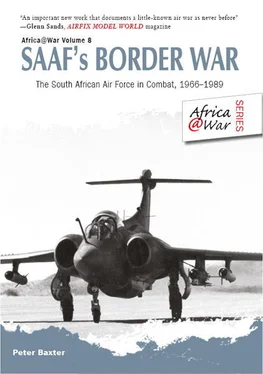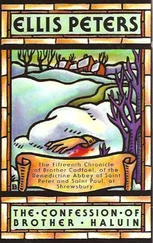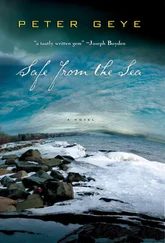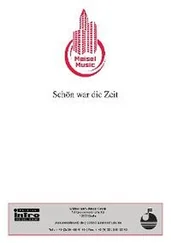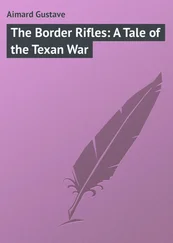Peter Baxter - SAAF's Border War
Здесь есть возможность читать онлайн «Peter Baxter - SAAF's Border War» весь текст электронной книги совершенно бесплатно (целиком полную версию без сокращений). В некоторых случаях можно слушать аудио, скачать через торрент в формате fb2 и присутствует краткое содержание. Город: Solihull, Год выпуска: 2013, ISBN: 2013, Издательство: Helion & Company, Жанр: military_history, на английском языке. Описание произведения, (предисловие) а так же отзывы посетителей доступны на портале библиотеки ЛибКат.
- Название:SAAF's Border War
- Автор:
- Издательство:Helion & Company
- Жанр:
- Год:2013
- Город:Solihull
- ISBN:978-1-908916-23-5
- Рейтинг книги:3 / 5. Голосов: 1
-
Избранное:Добавить в избранное
- Отзывы:
-
Ваша оценка:
- 60
- 1
- 2
- 3
- 4
- 5
SAAF's Border War: краткое содержание, описание и аннотация
Предлагаем к чтению аннотацию, описание, краткое содержание или предисловие (зависит от того, что написал сам автор книги «SAAF's Border War»). Если вы не нашли необходимую информацию о книге — напишите в комментариях, мы постараемся отыскать её.
SAAF's Border War — читать онлайн бесплатно полную книгу (весь текст) целиком
Ниже представлен текст книги, разбитый по страницам. Система сохранения места последней прочитанной страницы, позволяет с удобством читать онлайн бесплатно книгу «SAAF's Border War», без необходимости каждый раз заново искать на чём Вы остановились. Поставьте закладку, и сможете в любой момент перейти на страницу, на которой закончили чтение.
Интервал:
Закладка:
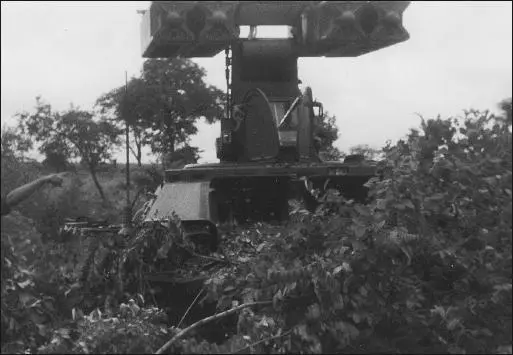
61 Mech then repositioned northeast of Cahama and spent a week in the bush moving between Cahama and Chibemba. (One of the principles of war is that of manoeuvre; this is what 61 Mech was busy with. No commander enjoys having his enemy moving around his flank or manoeuvring in his rear.) On either Christmas Day or the day after, one of our Ratel 90s detonated a triple landmine. The blast split the vehicle’s shell and burned the men inside from the top down. However, although they were all as black as night, they were casevaced out and survived. The casevac helicopter brought in General Constand Viljoen for a quick flying visit even though we were 350 kilometres inside Angola.
The next day we set up an ambush on the road between Lubango and Cahama. A military Mercedes truck drove into the ambush and was shot up. Everybody on board was killed except for an Irish nurse. I was asked to fly her out but due to the lateness of the day this was not possible. She spent the night with a Special Forces unit. The next day when I briefed her on helicopter boarding drills, she said there was no need because she already knew the drill: the SADF had ambushed her vehicle exactly a year before.
The ambush was re-set and an Angolan reconnaissance team investigating the still-smouldering vehicle entered the killing zone. There was a lot of whispering on the radios trying to confirm they were not our troops when suddenly all hell broke loose. “ Gat toe, gat toe !” (To the trenches, to the trenches) was yelled as we all dived into our slit trenches, even the SAAF personnel. Two RPGs were fired in our direction, one exploding against a tree right behind us and the other self-destructing a bit farther away. My deafness lasted quite a few days. Once again, our troops managed to get the upper hand and destroyed the enemy recce team. The Angolan team leader was buried in a shallow grave next to my Ratel.
At midnight on Christmas Day the Canberras bombed Cahama. To ease their night bombing problem we fired white phos shells in a line leading to their target. Using my MAOT radio, I was able to exchange Christmas greetings with Dave Knoesen, the leader of the Canberra formation. We had flown together as a Buccaneer crew; now he was at 24,000 feet and I was getting ‘stonked’ on the ground. The lesson we learned that night was when you fire artillery you give away your position to the enemy and Cahama retaliated very accurately.
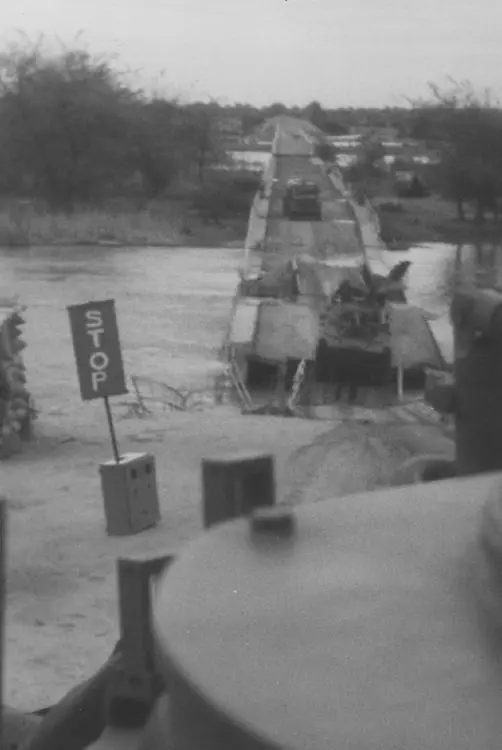
Our vehicles took a severe pounding as we bundu-bashed through the veld. Here I have to give praise to the army echelon support crews and the tiffies (mechanics) who maintained our vehicles and kept our logistic supply going. Our ‘Asterix’ required their attention after we hit a low-hanging branch over the road and our turret went through a snap 90-degree turn. Fortunately, we were all out of the turret or it would have cut us in half. While our Ratel was being repaired by a tiffie, 61 Mech was on the move, so we were towed by another Ratel.
61 Mech was then tasked to return in great haste through Xangongo to Cuvelai to lend support to our other battle group engaged there. During this long drive the armoured column stopped in line astern to celebrate New Year’s Day. We did this by firing a burst of tracer simultaneously from all the Ratels toward the north, a very different fireworks display from the ones we all grew up with. We moved north toward Cuvelai and positioned ourselves southeast of the town. The weather was low cloud and rain. The battle for Cuvelai took place on 4 January. Our approach to the town was hindered by a defensive minefield. Some of our Ratels detonated mines and one was hit by a 76mm shell from the side, our single biggest loss as ten guys were killed.
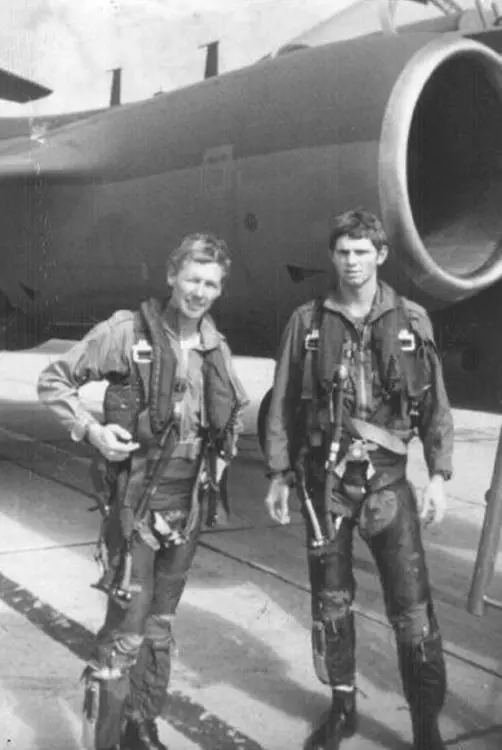
We learned from our experience at Cuvelai that all Angolan towns were surrounded by minefields. What the enemy did was clear the area of bush after cutting the trunks about a metre off the ground then plant the field with muhango (sorghum). This hid the stumps which were the right height to sever the hydraulics and brake lines underneath our vehicles.
Once we took the town, we appropriately made ourselves comfortable in the blue house which until a few hours before had been the home of the Soviet commissar. We parked our Ratel in the dining room and set up our communications. We could see the previous occupants had left in a hurry as suitcases had been packed but not taken. The flag which we took off the flagpole is still in my possession as my memento of Askari .
To the west of the runway we found a complete SA-9 missile system, a boeretroos , or sop, for not getting the SA-8, our main prize. After the town was secured, many people, including members of the press, were flown in for a media briefing. For us it was the end of the operation. I had spent two months in Angola and travelled 3,500 kilometres in a Ratel. As MAOT I had sent back 21 body bags and 54 serious casevacs.
Colour Plate Section
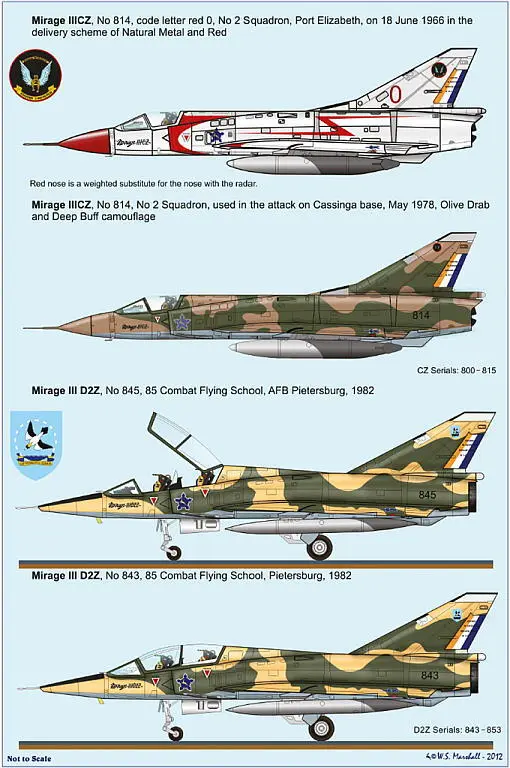
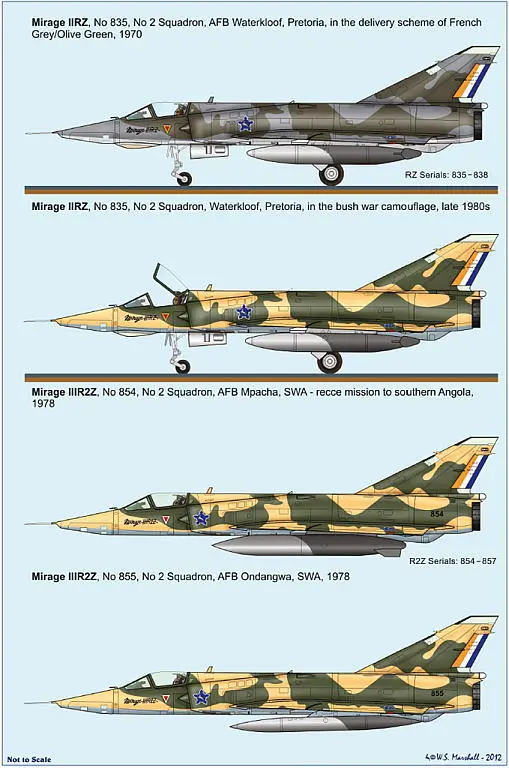
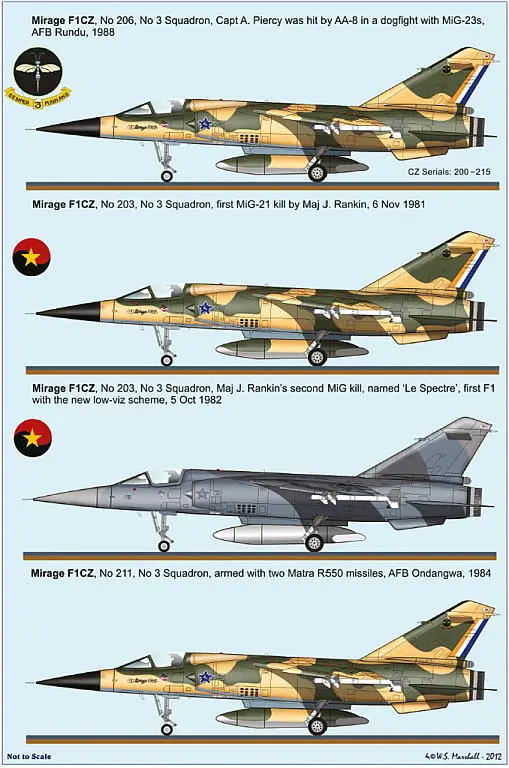
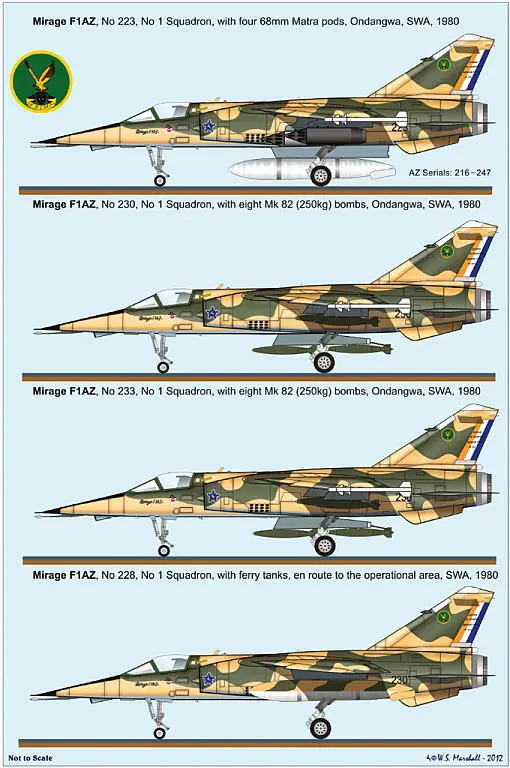


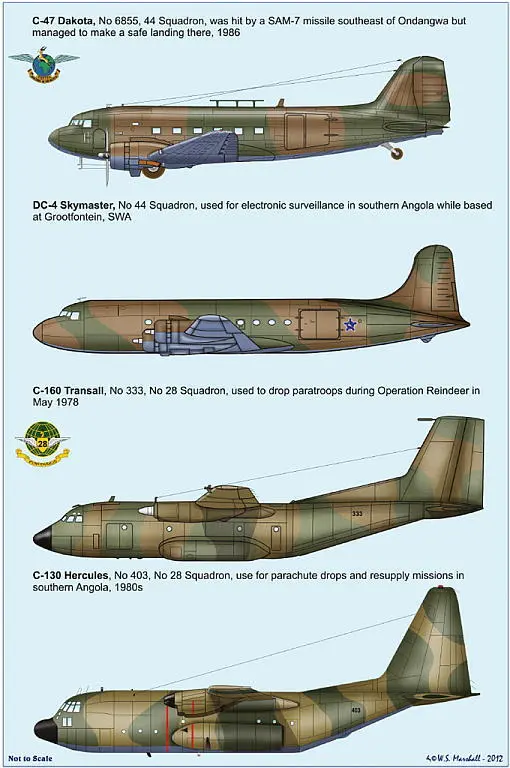

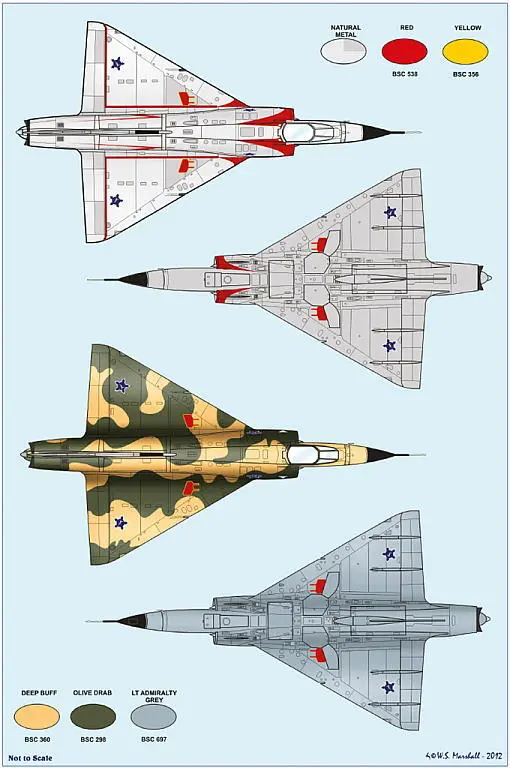



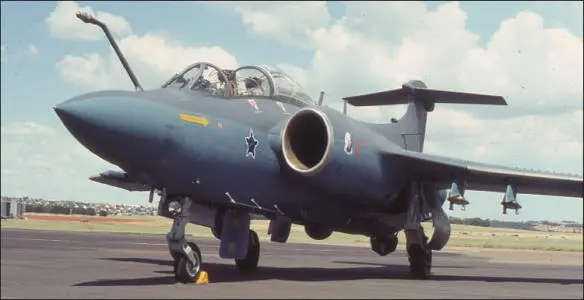




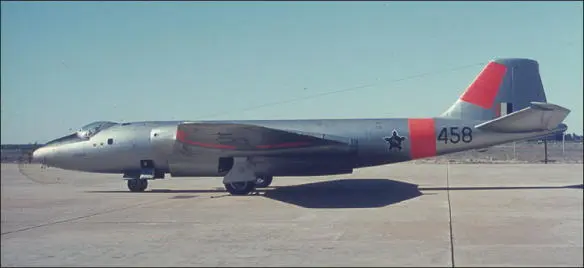
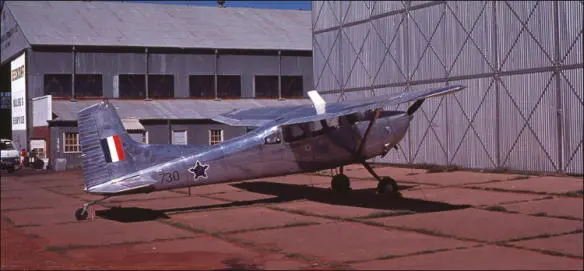
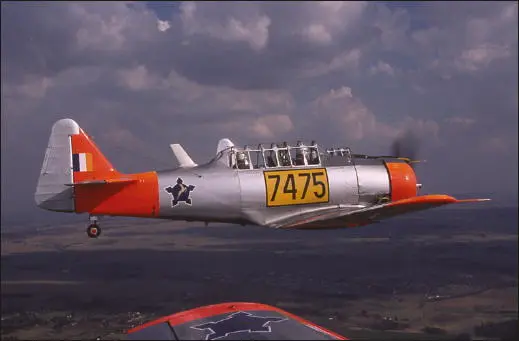
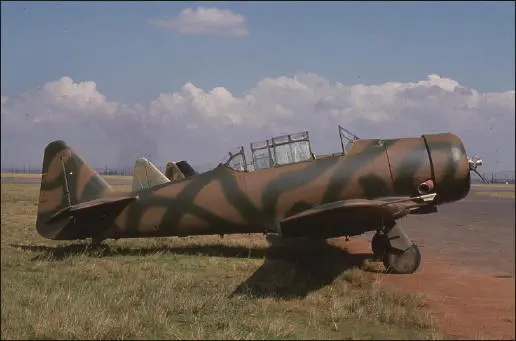
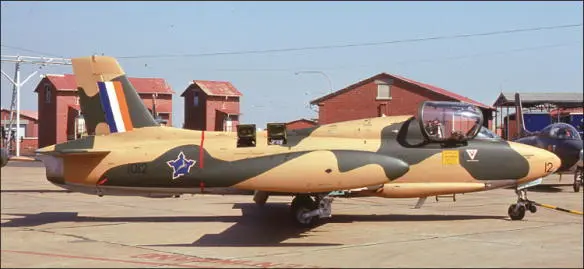


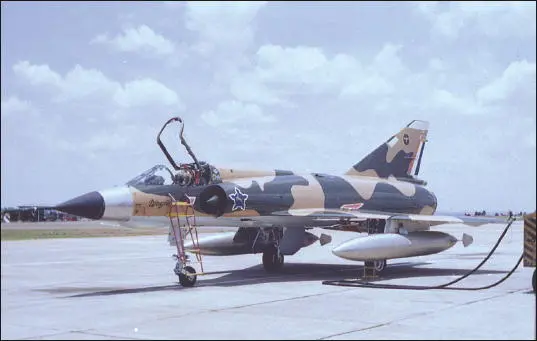
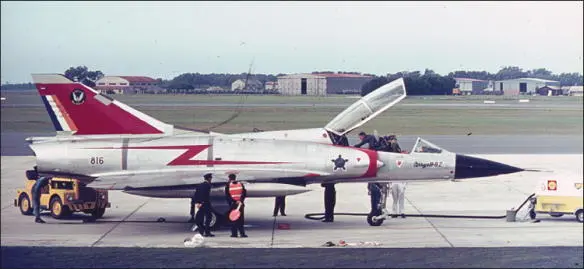
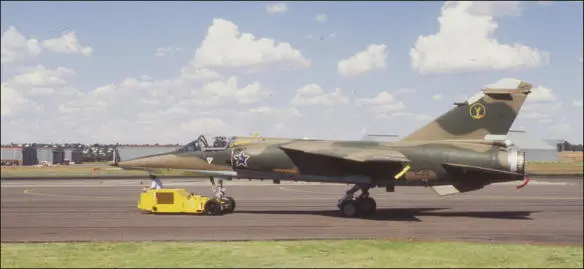
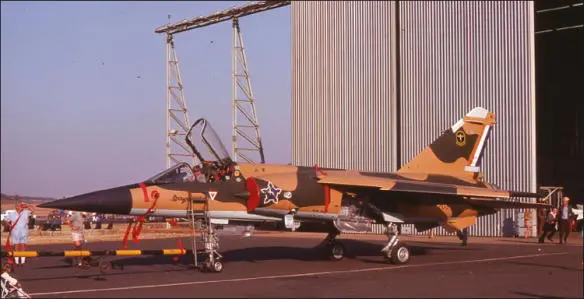


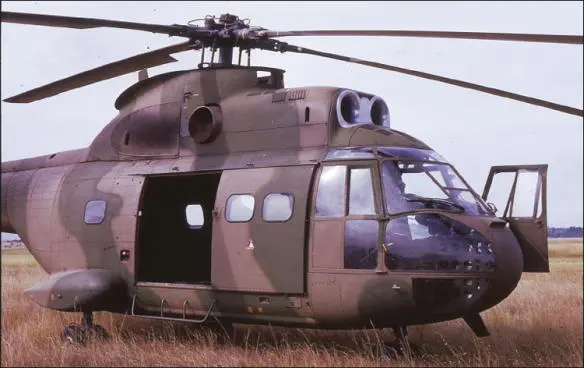
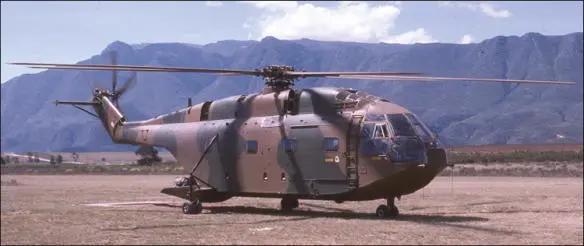
Thanks
Интервал:
Закладка:
Похожие книги на «SAAF's Border War»
Представляем Вашему вниманию похожие книги на «SAAF's Border War» списком для выбора. Мы отобрали схожую по названию и смыслу литературу в надежде предоставить читателям больше вариантов отыскать новые, интересные, ещё непрочитанные произведения.
Обсуждение, отзывы о книге «SAAF's Border War» и просто собственные мнения читателей. Оставьте ваши комментарии, напишите, что Вы думаете о произведении, его смысле или главных героях. Укажите что конкретно понравилось, а что нет, и почему Вы так считаете.
